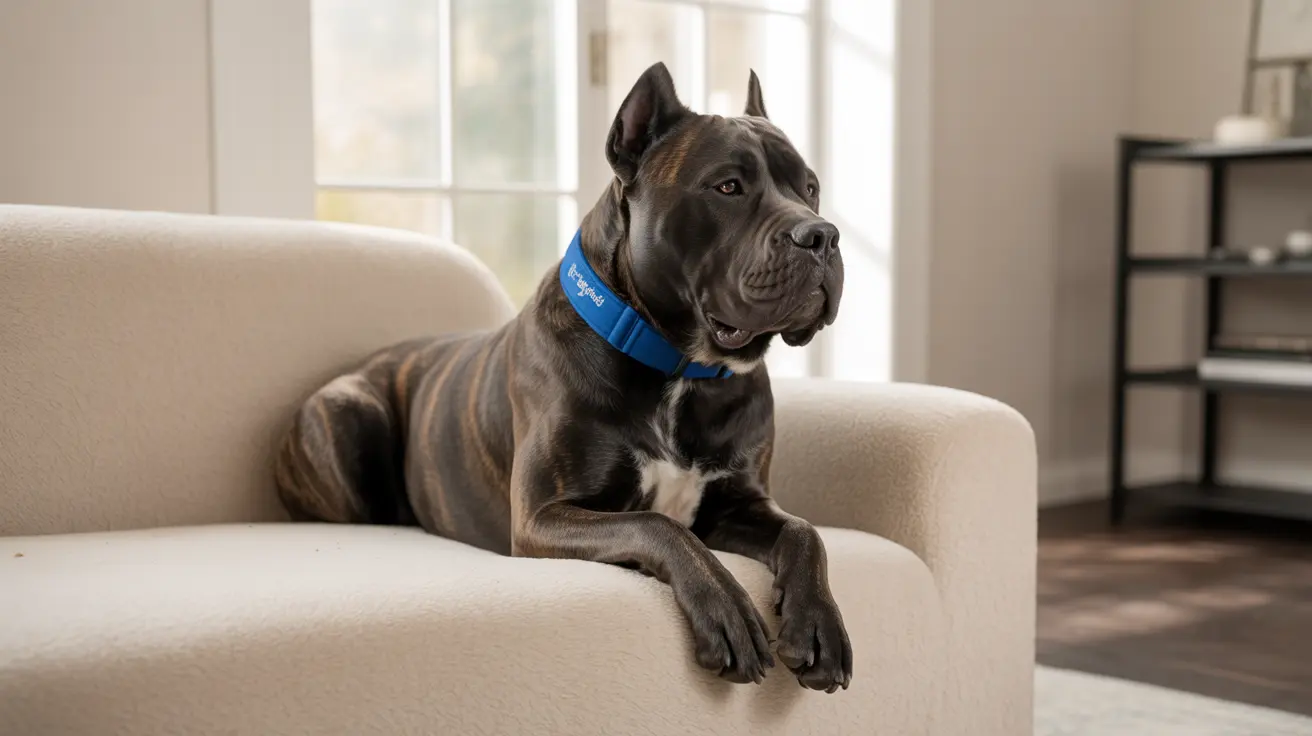Understanding Dog Calming Collar Safety
Dog calming collars typically work through two main mechanisms: synthetic dog-appeasing pheromones (DAP) or natural herbal extracts. The good news is that these collars are generally very safe, with minimal risk of serious side effects. Most veterinarians consider them a gentle first-line approach for managing mild to moderate anxiety in dogs.
Common Side Effects to Watch For
Physical Reactions
The most commonly reported side effects are physical and usually related to the collar itself rather than its active ingredients:
- Skin irritation around the neck area
- Temporary hair loss where the collar sits
- Mild scratching or discomfort
- Redness of the skin
Behavioral Changes
While not technically side effects, some dogs may show unexpected behavioral responses:
- Increased lethargy in some cases
- Initial confusion or adjustment period
- Temporary changes in appetite or drinking habits
Serious Concerns and Risk Factors
Ingestion Risks
One of the most significant risks comes from dogs chewing or eating their calming collars:
- Potential choking hazard
- Gastrointestinal upset if ingested
- Possible vomiting or diarrhea in rare cases
Allergic Reactions
Though uncommon, some dogs may experience allergic reactions to collar components:
- Excessive itching
- Swelling around the neck
- Severe skin irritation
- Respiratory issues (extremely rare)
Safety Measures and Prevention
To minimize the risk of side effects, follow these essential safety guidelines:
- Check the collar's fit daily
- Monitor your dog's neck area for signs of irritation
- Remove the collar if any adverse reactions occur
- Keep the collar out of reach when not in use
- Trim excess length to prevent chewing
When to Contact Your Veterinarian
Seek immediate veterinary attention if you notice:
- Severe skin reactions
- Signs of collar ingestion
- Significant behavioral changes
- Breathing difficulties
- Excessive lethargy or depression
Frequently Asked Questions
Are there any side effects of dog calming collars that I should watch out for?
Yes, while generally safe, potential side effects include skin irritation, hair loss around the neck area, and in rare cases, allergic reactions. The most serious risks come from dogs chewing or ingesting the collar.
Can dog calming collars cause skin irritation or other physical discomfort?
Yes, some dogs may experience skin irritation or discomfort where the collar contacts their neck. This is usually due to the collar being too tight or individual skin sensitivity.
What should I do if my dog tries to chew or eat the calming collar?
Remove the collar immediately and contact your veterinarian. Watch for signs of gastrointestinal distress such as vomiting or diarrhea. Always trim excess collar length to prevent chewing.
How safe are pheromone-based calming collars compared to medications for anxiety?
Pheromone-based calming collars are generally considered very safe with minimal side effects compared to anxiety medications. They're non-pharmaceutical and work through natural mechanisms.
Why might a calming collar not work well for dogs with severe anxiety?
Calming collars are most effective for mild to moderate anxiety. Severe anxiety often requires a more comprehensive approach, including behavioral training and possibly prescription medications under veterinary supervision.
Remember, while dog calming collars can be an effective tool for managing anxiety, they're not suitable for every dog. Always monitor your pet's response and consult with your veterinarian if you have concerns about using a calming collar or if your dog experiences any adverse reactions.






